Reviews
Charles B Pierce
USA, 1972
Credits
Review by David Carter
Posted on 12 October 2012
Source RHR Home Video DVD
Categories 31 Days of Horror IX
When the first European settlers arrived in North America they brought a rich tradition of folklore. The import of such mythology meant that vampires and werewolves would have a place in the fears of the new world. Unbeknownst to these settlers, however, was the knowledge of a hirsute and evasive creature lurking in the wilds of what would become the United States and Canada: the Sasquatch. Known under a variety of regional names but commonly called “Bigfoot,” the creature, according to native North Americans, was either a ferocious predator or a gentle nature spirit, but all concurred on the beast’s inherent elusiveness. Sightings of the creature date into the 1800s, but a debate persists as to what Bigfoot actually is: the fabled “missing link,” an undiscovered species of ape, or simply an endless stream of misidentifications and hoaxes. What is certain is that as one of the only monsters indigenous to North America, the Bigfoot has been woefully underrepresented in American horror cinema. On Fridays throughout the coming month we’ll be taking a look at some of the high and low lights of Sasquatch cinema.
Cryptozoology is the field of study dedicated to the investigation of mysterious, unidentified animals. Populated by equal numbers of professional scientists and amateur researchers, cryptozoology is significantly hampered by a dearth of tangible evidence, and thus those involved dedicate most of their efforts towards identifying and classifying the various cryptids that inhabit our planet based on eyewitness reports. These endeavors have resulted in a plethora of distinct creatures - each with their own habitats and habits - roaming the wilds of every continent, unseen by “mainstream” biologists. Therefore the hairy, bipedal hominid that the uninitiated would refer to as “Bigfoot” could actually be one of a dozen or more creatures, with the distinction made based on the animal’s size, coloring, and environs. The southern states have their “Skunk Apes,” Ontario has “Old Yellow Top,” and Missouri can exclusively lay claim to “Momo the Monster;” all of which bear a striking resemblance to the popular conception of Bigfoot. The most famous of the regional Bigfoot is Arkansas’ “Fouke Monster,” popularized by Charles B. Pierce’s masterpiece of drive-in cinema The Legend of Boggy Creek.
Boggy Creek’s narrator informs us that his first encounter with the Fouke Monster was an indirect one. “I was seven years old when I first heard him scream. It scared me then; it scares me now,” he muses, impressing that the creature is both authentic and something to be feared. The film reiterates this idea of authenticity subtly in the scenes immediately following, which introduce the small town of Fouke, Arkansas. The rural southern charm of the town is emphasized in such a manner as to imply that the residents of Fouke would be incapable of deception and are knowledgeable enough about the local fauna to be able to correctly identify an animal or, conversely, know when they came across an unknown animal.
Authenticity established, the remainder of Boggy Creek consists of case studies and reenactments of recent encounters with the Fouke Monster, who was peculiarly very active in the early seventies. The stories range from somewhat benign sightings of the creature at a distance to harrowing encounters where the lives of the witnesses were in danger. Certain details about the creature emerge over the course of the film: it is nocturnal, aggressive, and carnivorous. It is important to note that the latter two aspects differ greatly from the general consensus that Bigfoot is a gentle beast concerned primarily with avoiding detection. The Fouke Monster seemingly intentionally draws attention to itself in many instances, most notably in the film’s dramatic climax where he terrorizes a family over the course of several nights.
The Legend of Boggy Creek is commonly considered a docudrama or faux-documentary, a precursor to later films in that cycle such as Cannibal Holocaust and, more directly, The Blair Witch Project. I feel it is inaccurate to classify the film as a faux-documentary, however. Boggy Creek is only a “faux” documentary if you presume that the events of the film are false and that the filmmakers are aware of this fact. While nothing in the film can be proven definitively, the filmmakers did not invent any of the main incidents depicted in Boggy Creek, nor did they invent the Fouke Monster. The Fouke Monster legend dates back possibly as far as the 1940s and, if anything, Boggy Creek downplays the attention the monster was given by local authorities and regional news media. The climatic vignette of the film is retold almost verbatim from news reports, but omits the fact that local police and game wardens took the event very seriously since it had resulted in one man being hospitalized. Later incidents involving murdered dogs and livestock drew further attention to the Fouke area by local universities.
The Legend of Boggy Creek was a highly influential film for other reasons, however. The aforementioned Blair Witch Project certainly mimicked Creek’s out-of-the-blue success. Pierce’s film was an early seventies Cinderella story, having earned some twenty million dollars off of an investment of one hundred thousand. Pierce, whose prior filmmaking experience was as a set decorator, only anticipated the film to be a regional drive-in feature, but Boggy Creek became a staple of drive-ins nationwide and latter a permanent fixture on television and basic cable. The film also had a significant influence on the emerging genre of paranormal documentaries as typified by the television series In Search Of and the releases of Sunn Classic Pictures in the seventies, both of which imitate the film’s style and structure almost completely.
The Legend of Boggy Creek is a film that is discussed more often than it is watched, leading to some misconceptions about its quality. Its reputation has been marred by a series of unrelated sequels, and there is a tendency to assume the film is in the same schlocky vein as those cash-ins. Boggy Creek is a far more accomplished film than its meager budget and Pierce’s lack of experience would lead you to expect, however, and it is easy to see how it captivated audiences for many years after its release. Furthermore, The Legend of Boggy Creek appears less dated than other films from the same period, due in large to its unique subject matter. An unprecedented success of low budget filmmaking, it is a historically important film for a number of reasons, not least of which is its place near the top of the Bigfoot cinema canon.
More 31 Days of Horror IX
-
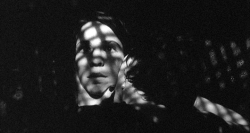
The Addiction
1995 -

Psycho III
1986 -
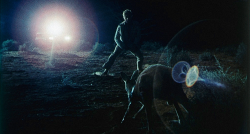
Wake in Fright
1971 -

Blacula
1972 -
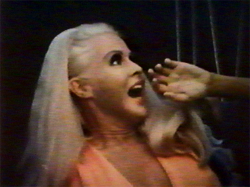
Big Foot
1970 -
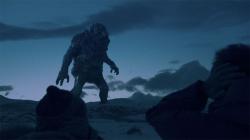
Trollhunter
2010 -
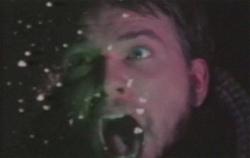
Invasion from Inner Earth
1974 -
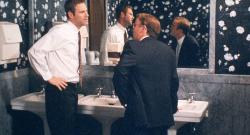
In the Company of Men
1997 -
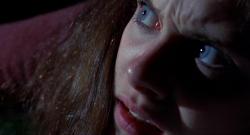
Happy Birthday to Me
1981 -

I Drink Your Blood
1970 -
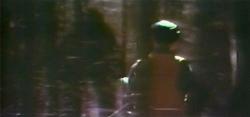
The Legend of Boggy Creek
1972 -

Maximum Overdrive
1986 -
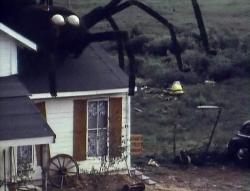
The Giant Spider Invasion
1975 -

Ganja & Hess
1973 -
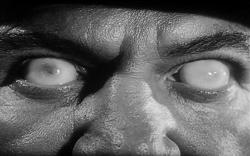
Not of This Earth
1957 -

Let’s Scare Jessica to Death
1971 -
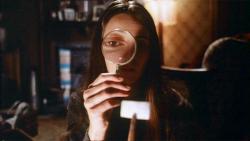
Next of Kin
1982 -
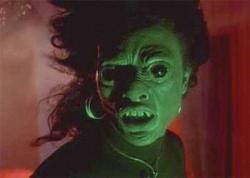
Def by Temptation
1990 -
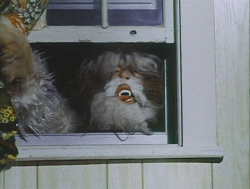
Shriek of the Mutilated
1974 -
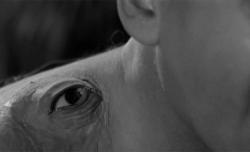
The Manster
1959 -
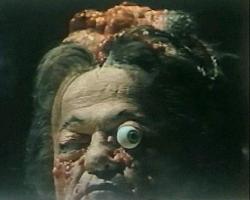
The Alpha Incident
1978 -

The Bride
1985 -

Planet of the Vampires
1965 -

The Hole
2009 -

Vampire in Brooklyn
1995 -
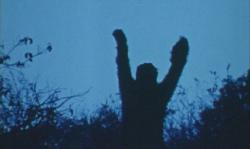
Sasquatch: the Legend of Bigfoot
1977 -

Mad Love
1935 -
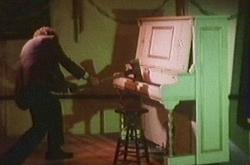
The Demons of Ludlow
1983 -

Habit
1997 -

Elephant
1989 -
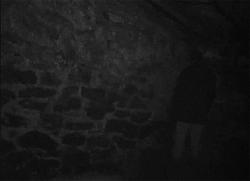
The Blair Witch Project
1999
We don’t do comments anymore, but you may contact us here or find us on Twitter or Facebook.



